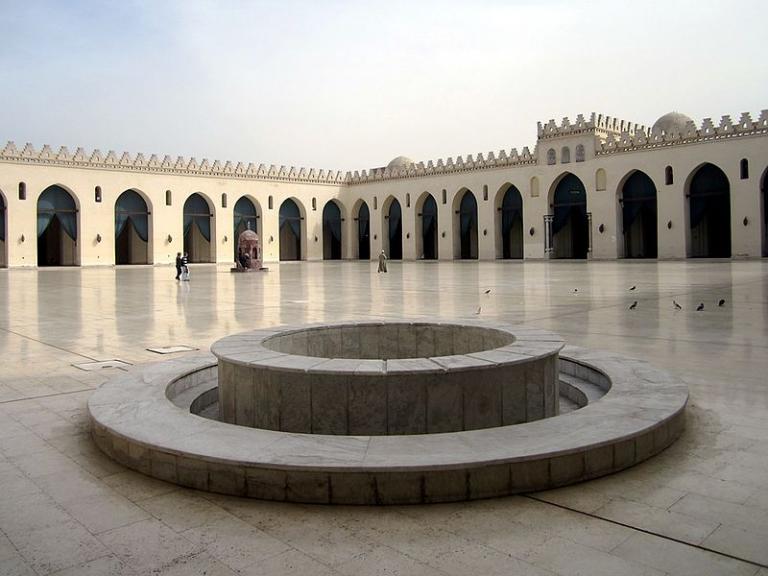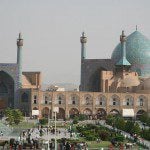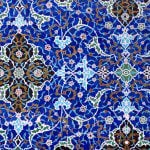
My manuscript now begins to treat what I call, following Marshall G. S. Hodgson, the “Early Middle Period,” which will last from AD 945 to AD 1258:
The so-called “Shiite Century” that followed the close of the High Caliphal period actually lasted for a little more than a hundred years, from 945 to 1055 A.D. But the complete takeover of the Islamic world by Shiites, hoped for by some and feared by others, never materialized. In fact, with the exception of the Fatimid empire, based in Egypt, the Shiite states grew continuously smaller and smaller as ambitious military commanders broke away and tried to go it alone. In the eastern part of the Islamic world, the old Persian landed class resurfaced after several centuries of near-invisibility. These people, whose public language was Arabic, had been speaking Persian at home and felt more comfortable with it. Now that they again held political power, they felt themselves free to prefer their mother tongue publicly. If they were going to hire poets to glorify themselves and the life of their courts, they wanted poetry they could understand. So, in large areas, Persian was resurrected as a literary language. Now, however, it was written in Arabic script and enriched with thousands of loan-words from Arabic. Hence, it is called new Persian, or neo-Persian, to distinguish it from the ancient language of Darius and Cyrus. This is essentially the Persian language as it is spoken today in Iran. The most striking illustration of this resurgent Iranian nationalism, perhaps, is Firdawsi’s eleventh-century Shah-Nameh, the “Book of Kings.” Drawing on both history and mythology, the Shah-Nameh is a versified retelling of the struggle between Iran, the land of light, and its eternal enemy, “Turan.” It is generally regarded by Persian-speakers even today as their national epic. It has also, perhaps, established the manner in which many Iranians continue to view the outside world.
The era of Shiite dominance was on the wane. The dynasties that had seized various parts of the Islamic world decayed and fell apart. Finally, between 1055 and 1092, hordes of Turks, sweeping down out of Central Asia, conquered the central Islamic lands. (The Ghaznavid Turkish dynasty already controlled the Afghan mountains and a substantial portion of northern India.) These Turks had been converted to Islam by Sunni missionaries, and, consequently, the Sunni state that they set up—known to history as the Great Saljuk empire—sounded the death knell to Shiite hopes in much of the Near East. (The Fatimids of Egypt held out until 1171.) For thirty- five years, the Great Saljuk empire was ruled by three extraordinarily competent kings, one after the other.[1] But then the process of political disintegration began again. It seemed as though the very air of the period would not tolerate political unity, and the Sunni Saljuk state could no more hold out against it than the Shiites before.
[1] The second of these was named Alp Arslan. As I’ve already mentioned, for the benefit of readers of C. S. Lewis’s Chronicles of Narnia, Arslan is the Turkish word for “lion.”












